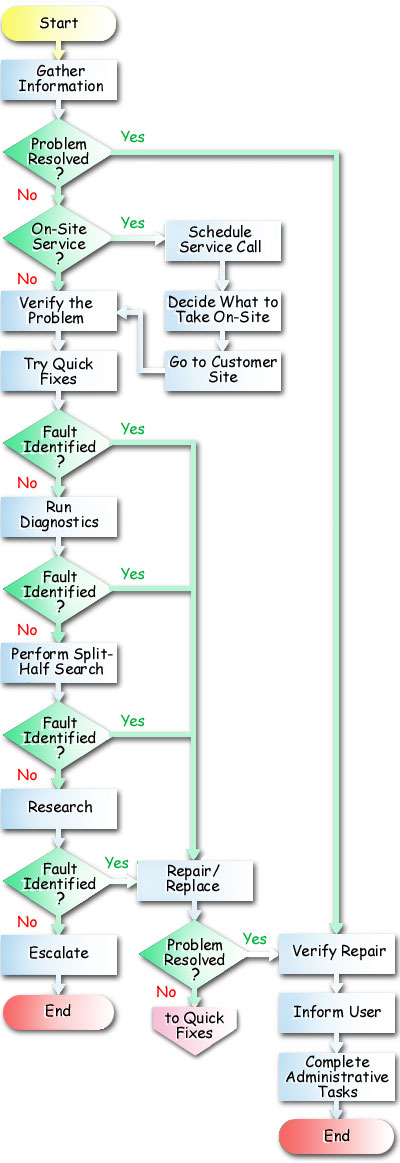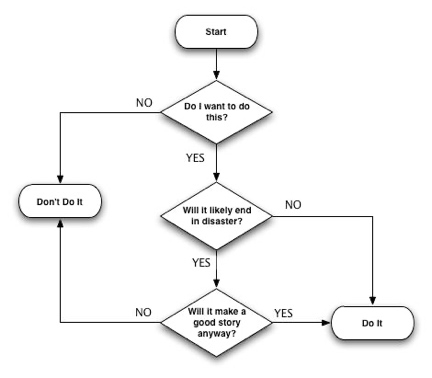
Episode #654
August 14, 2021
When i was a cabinet maker in an architectural mill my foreman was also a politician.
i had been taught to detail the insides of the cabinets before assembling them.
The routine of installing shelf columns, lazy susans and drawer guides onto the unassembled cabinet parts was more efficient than crawling inside the cabinet after it was assembled.
One day, i was detailing cabinet parts on my bench when the foreman came over.
“What the hell are you doing?” he asked.
“Detailing the cabinet,” i replied.
“You are making me look bad to the supervisor,” said the foreman.
“i’m just building the cabinets. What am i doing wrong?” i asked.
“The boss wants to see progress on the project. He expects to see cabinet carcasses assembled on your bench on the first day of the project. It is already the second day.”
i argued how crawling inside cabinets to install drawer guides is less efficient and will take more time in the long run.
The foreman countered that it is all about perception.
“There is enough time in the job to do it his way, the supervisor will be happier and we will both keep our jobs.
The project will never get done, if we aren’t working here,” he said with a wink.
My mill foreman was a politician.
In my own projects there are no politics. i build things the best way i know how.
My methods generate progress toward the end goal.
As a computer consultant i would always start with a list of questions.
These questions were not all strictly necessary, but they demonstrated engagement with my client.
The client is reassured that i am interested and committed to solving their problem.
Yes, the questions were politically correct for me to ask, but they always helped in my progress toward the solution.
Some technicians will only ask what the problem is, then sit right down at the computer and start troubleshooting.
Two things are wrong with this approach.
First: It does nothing to build rapport or confidence with the client.
Second: The client’s perception of what is wrong may mislead the tech into taking an incorrect troubleshooting path.
Progress is stymied or reversed.
Never do twice what can be done correctly the first time.
Harvey Mackay (the author of “Swim With the Sharks: Without Being Eaten Alive”) has a 66 question interview which he claims will, when filled out, yield a sales closing rate equal to the percentage of questions answered.
Get to know your client before you start a job.
A milestone checkoff list is useful in showing progress.
Even if the checkoff list is for you alone, it can reassure you on your way to completion.
i find it gratifying to share my milestones with someone else.
An “at-a-boy” along the way motivates me to stay the course.
The two hardest moments in a project are starting a project and finishing it.
Even if you have done a thing a thousand times, research it.
Look it up on the Internet, talk to other experts, seek out advice.
There are better, more efficient ways to progress just waiting to be found.
There are two basic ways to proceed with any project:
Conservative approach:
Show caution at every juncture. Proceed carefully. Use only historically proven methods.
Conservative
/kənˈsɜːvətɪv/
“averse to change or innovation and holding traditional values.”
— Oxford Dictionary
Progressive approach:
Apply new ideas to a constantly improving process. Take the project to the next level.
Progressive
/prəˈɡresɪv/
“in favor of new ideas, modern methods and change.”
“happening or developing steadily.”
— Oxford Dictionary
The trick to showing progress is to progress.
Being caught in an eddy does not get you down stream.












Awesome, truly.
Another example of “I gave you apple seeds yesterday; where is my apple tree?”
This blog illustrates why there is just one I Mentor – thank heavens!
Conservative -. Inside the box
Progressive – Outside the box
A lot of progress happens when two very different groups collaborate. At Stanford they have a policy of combining different expert groups – such as engineers and physicians, or entrepreneurs and psychologists. Changing your playmates gets you out of your box and often leads to progress in innovative ways.
So true. Take a deep bow.
Nice discussion.
Interesting thinking about the perception of work on a project. See constant progress or work more efficiently and give impression that the project is stalled.
Either way I have projects that I just need to start instead of ignoring each day. Momentum is a big fact in any project.